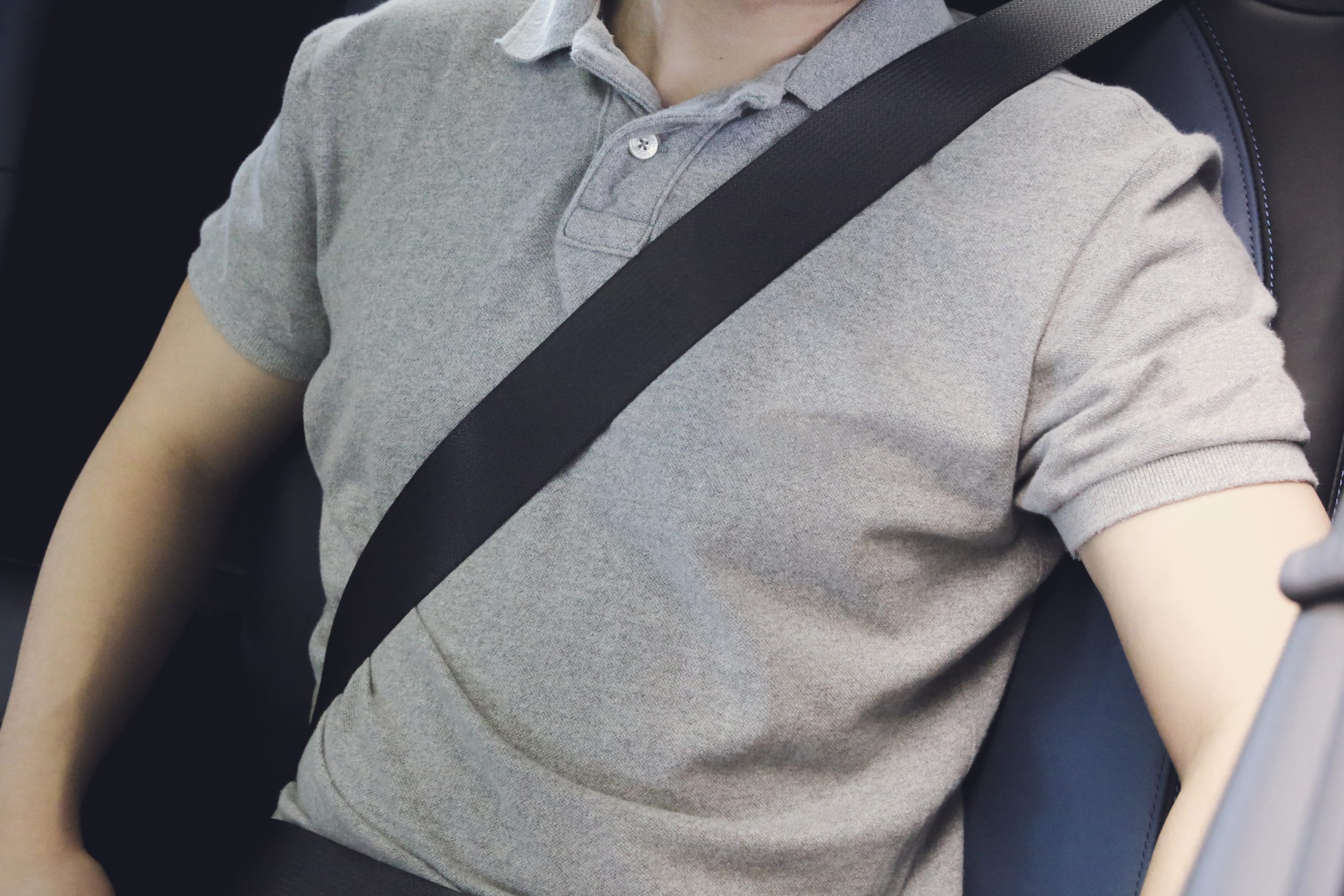
What Are Seat Belts Made Of All You Need To Know
It is possible to get 3000 spikes in the manufacturing process of seat belts. Besides, nylon is no longer used in manufacturing due to its excessive stretch and accumulated wear. Instead, the seat belts are made of 100% polyester. Besides, this is important not only for the lifespan of the seat belt but for protecting people's lives.

FileSeatbelt.jpg Wikimedia Commons
Most seat belts are made of 100% polyester. The material is tightly woven into an incredibly dense fabric, making it extremely strong and long-lasting. The seat belt webbing typically has a tough hem on the edge to prevent fraying. In the past, nylon was the most popular material for seat belts. Unfortunately, the material wasn't ideal.
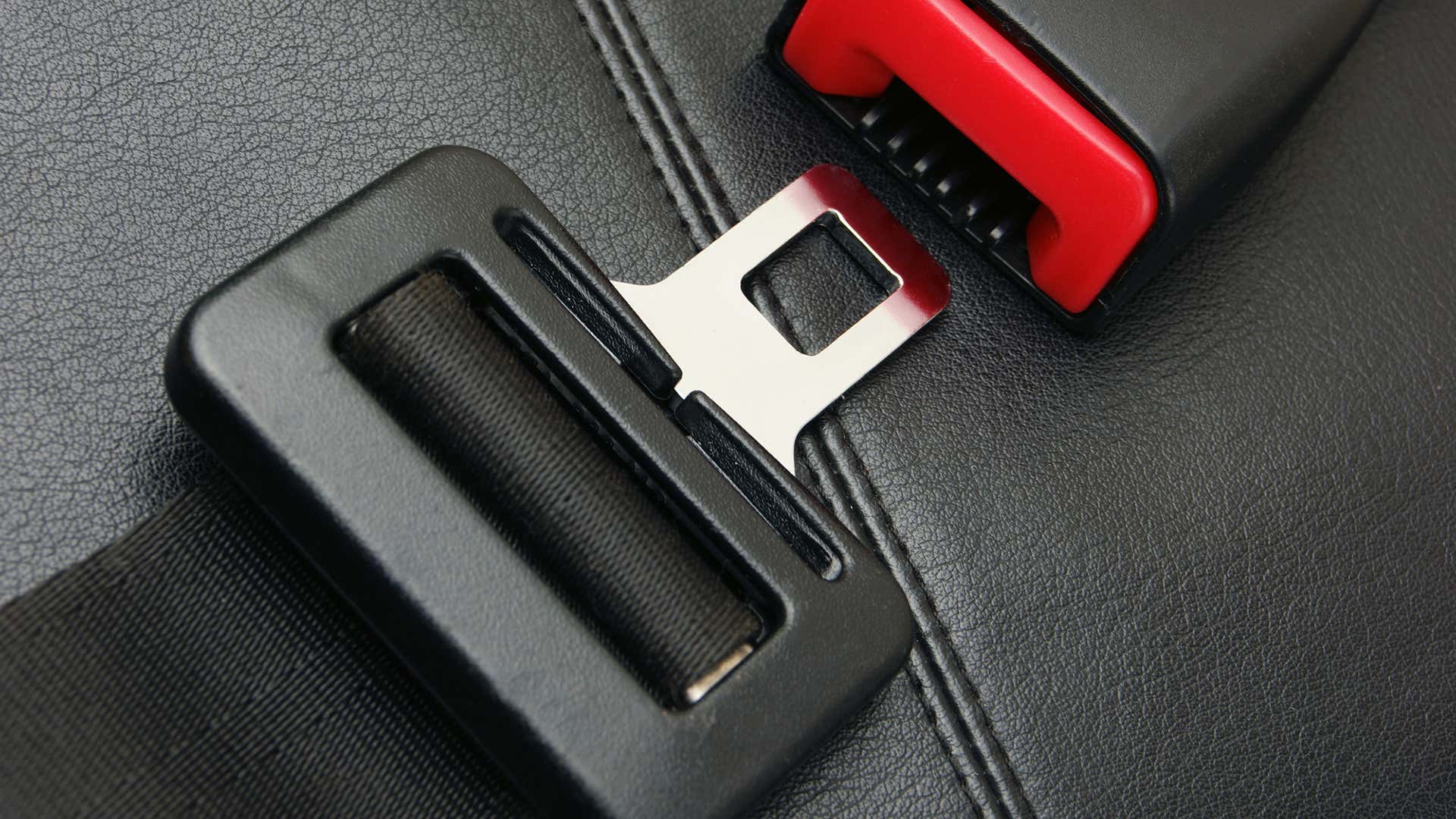
How Are Seat Belts Tested The Drive
How the seat belt works: The belt itself is made of webbed fabric. The retractor box sits on the floor or on the interior wall of the vehicle, and contains the spool and spring that the belt is rolled onto. The seat belt unspools from the spiraling spring that allows the vehicle occupant to pull the seat belt out.
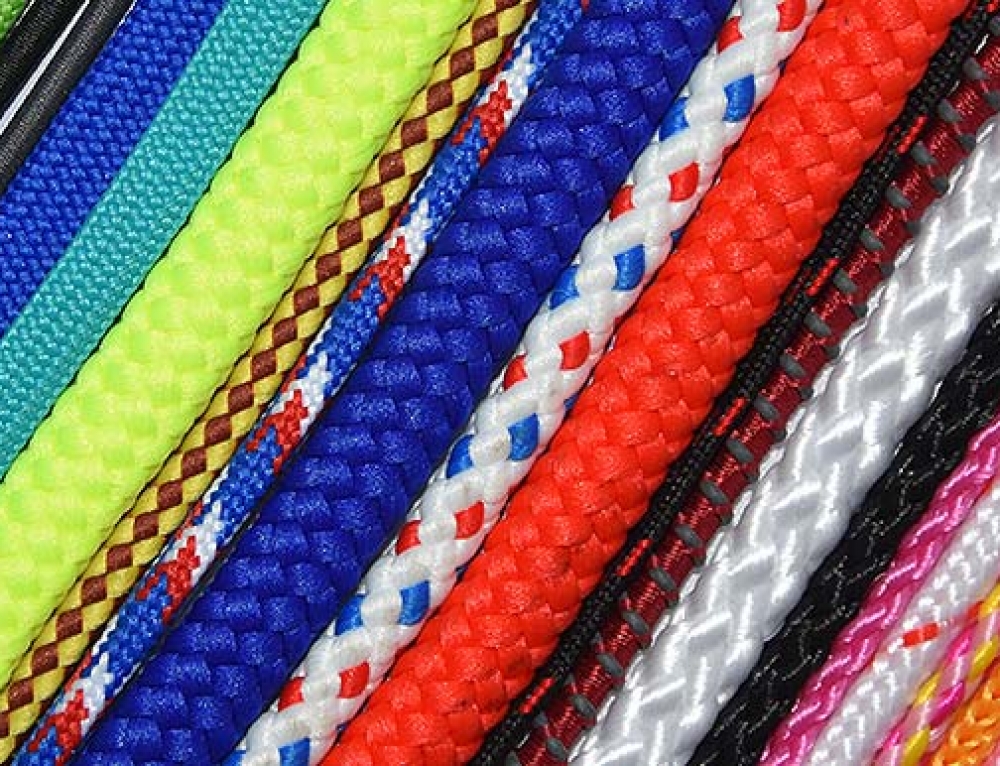
Seat Belt Material Properties What Material are Seat Belts Made of
The world's very first seat belt law that required passengers and drivers to buckle up was created in Victoria, Australia in 1970. Over the next two decades, other countries and states in the U.S. started to follow suit. However, it took until 1995 for all states (except New Hampshire) to enact "Click It or Ticket" laws.
/14_00X_Detail_Seatbelts-073-569fbef35f9b58eba4acf340.jpg)
A Brief History of Seat Belts
The original seat belt webbing was woven on shuttle looms, which could only weave about 200 picks per minute. Since 1975, most webbing is made on needle looms, which could achieve 1000 picks per minute. Modern looms can weave up to 3000 picks per minute! Today, seat belt material is usually woven from 100% polyester.
Technical Custom made race style seat belts The H.A.M.B.
Most modern seat belts are made of webbed polyester, but they can also be made from nylon. Polyester doesn't stretch as much as nylon and it's more resistant to wear and tear. The webbing of seatbelts is what makes them so strong and protective—most can withstand from 3,000 to 6,000 lbs of force!

Effectiveness of Seatbelts Seatbelt Laws in Florida
Buckling a three-point. A seat belt, also known as a safety belt or spelled seatbelt, is a vehicle safety device designed to secure the driver or a passenger of a vehicle against harmful movement that may result during a collision or a sudden stop. A seat belt reduces the likelihood of death or serious injury in a traffic collision by reducing the force of secondary impacts with interior.

Seat Belt Why Is It Important To Wear It While Driving? CarBikeTech
History of Seat Belts. The first U.S. patent for automobile seat belts was issued to Edward J. Claghorn of New York, New York on February 10, 1885. Claghorn was granted the United States Patent #312,085 for a Safety-Belt for tourists, described in the patent as "designed to be applied to the person, and provided with hooks and other attachments.
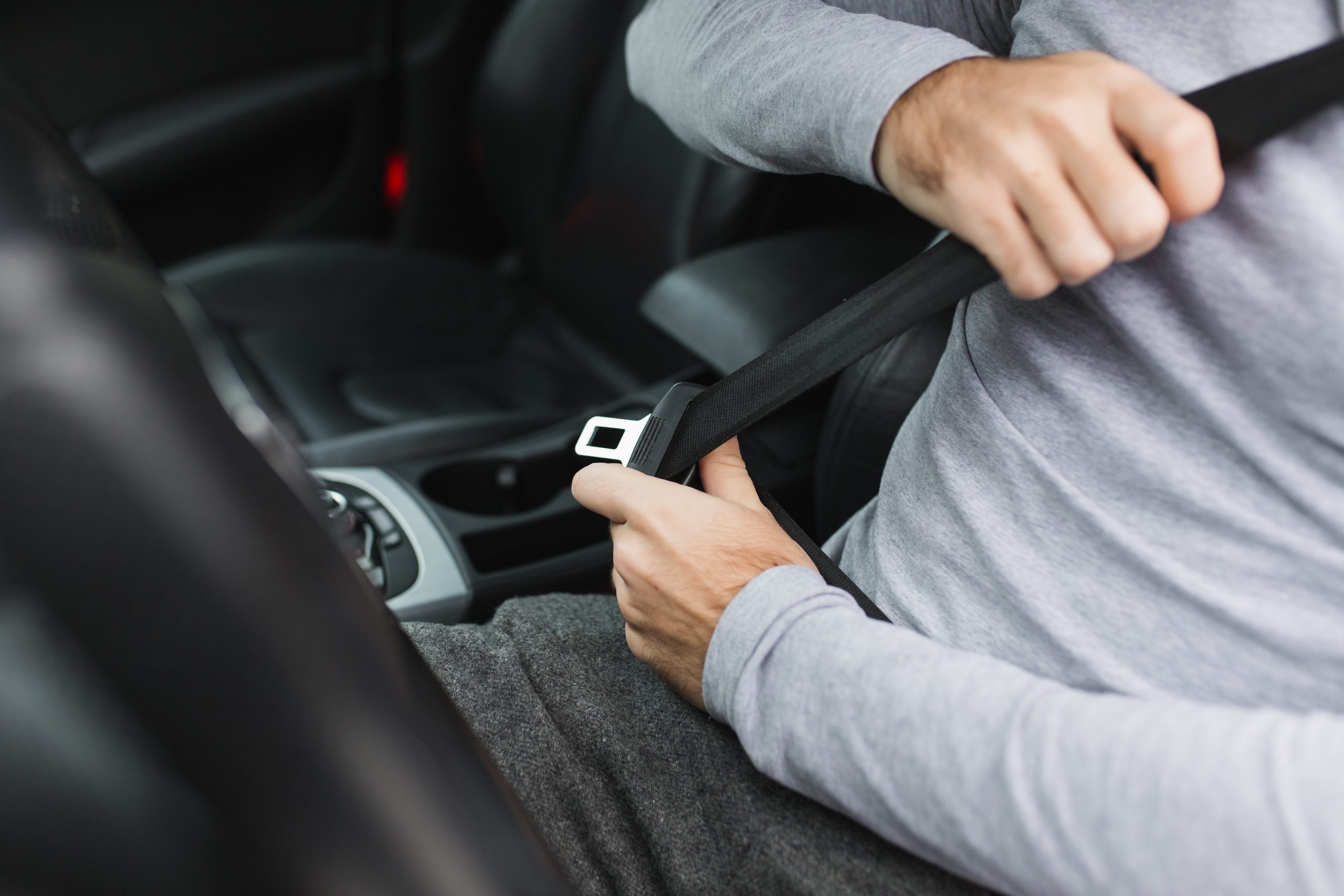
What Are Seat Belts Made Of All You Need To Know
Seat belt material properties are the same as polyester, now let us see the properties of polyester webbing. There is a reason why safety belts save lives. They are more than just a strap that passengers wrap on their bodies. The following are some of the qualities that webbing made of polyester has: Very high strength tenacity (Up to 10g/den).

Types Of Seat Belts Andy Citrin Law Firm Mobile, Alabama
A seat belt is made by weaving small strands of yarn together tightly in a webbed pattern. Typically, the pattern will be an eight-shaft herringbone twill. Variations of satin weave are also reasonably common. And with the technological advances, this is done on special looms that weave up to 3,000 picks every minute.

Everything You Need to Know About Seat Belts Blog Vernfonk Insurance
The use rate of seat belts in the United States was 90.4 percent in 2021, according to the National Highway Traffic Safety Administration, a solid level, albeit one that still leaves open a significant gap—that means 9.6 percent of people don't wear seat belts, or 27.4 million people. Airline seat belts aren't made equal.

What Are Seat Belts Made Of? (List of Raw Materials Mostly Used) Cars & Amazing Automotive Stuff.
The first known vehicle seatbelt was invented in the mid-19th century for use in early gliders. Car seatbelts were in existence by the 1930s but were unpopular with the public and rarely fitted by manufacturers. Volvo introduced the modern three-point car seatbelt in 1959. Legislation mandating the installation of seatbelts began to appear in.
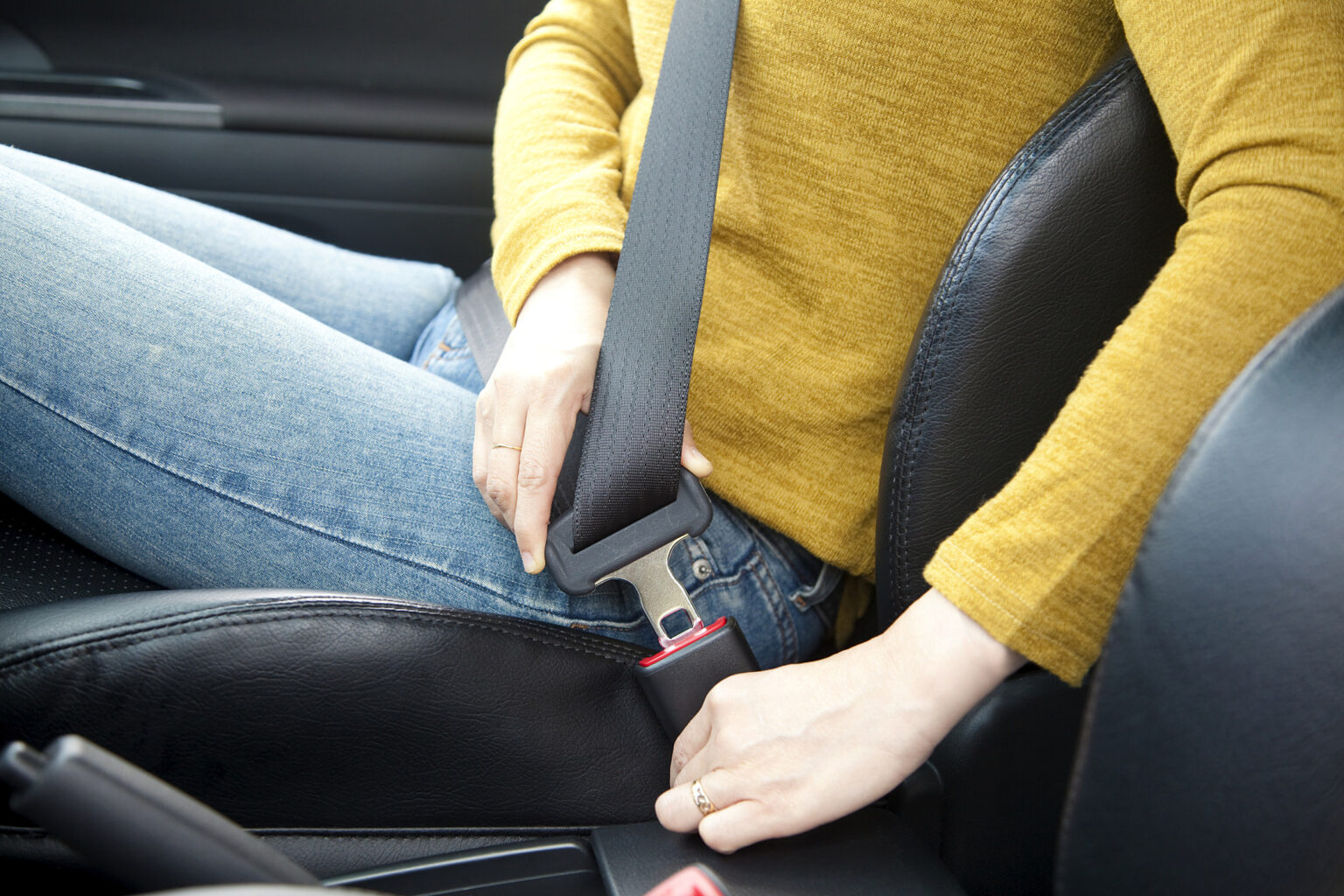
New Seat belt Legislation to Take Effect Monday! Nave Law Firm
Seat belt webbing is made of polyester fibers, as this material can withstand immense loads without tearing. At the same time, polyester fibers can flex a little so that the forces in an accident are distributed over a longer period. Pillar Loop. Pillar loops make the 3-point seat belt system possible. The pillar loop pulls a segment of the.
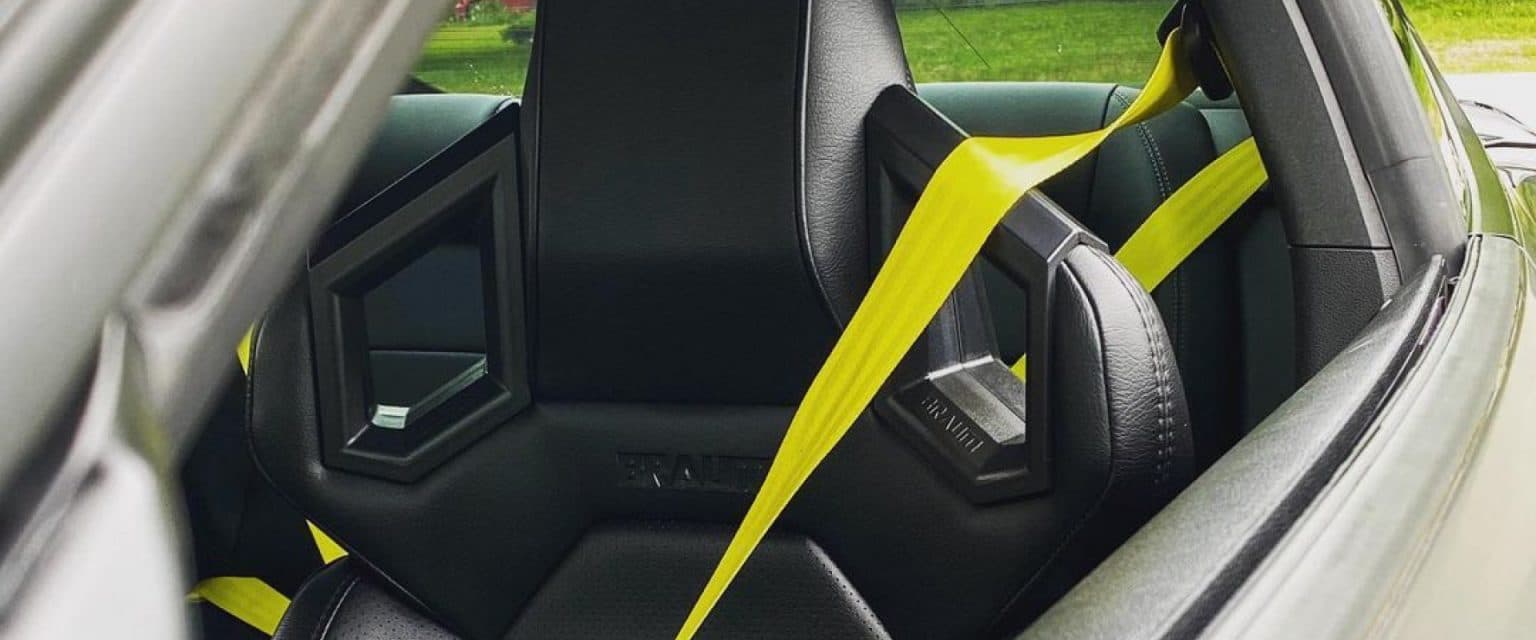
5 Common Types of Seat Belts Which Option to Choose?
1989. Cars are required to have three-point lap-and-shoulder belts in the outboard rear seats. 1994. The overall observed seat belt use rate reaches 58 percent. 2005. All rear seats, including the.

Competitive price custom seat belts Kwok Shing Seat Belt
The origins of the seat belt date back to the late 1800s as an English engineer named George Cayley designed belts that kept pilots in their planes. However, the designs for seat belts that we know today didn't come until 1885 when Edward J. Claghorn built seat belts to make taxis safer in New York City. From that point on, more and more cars.
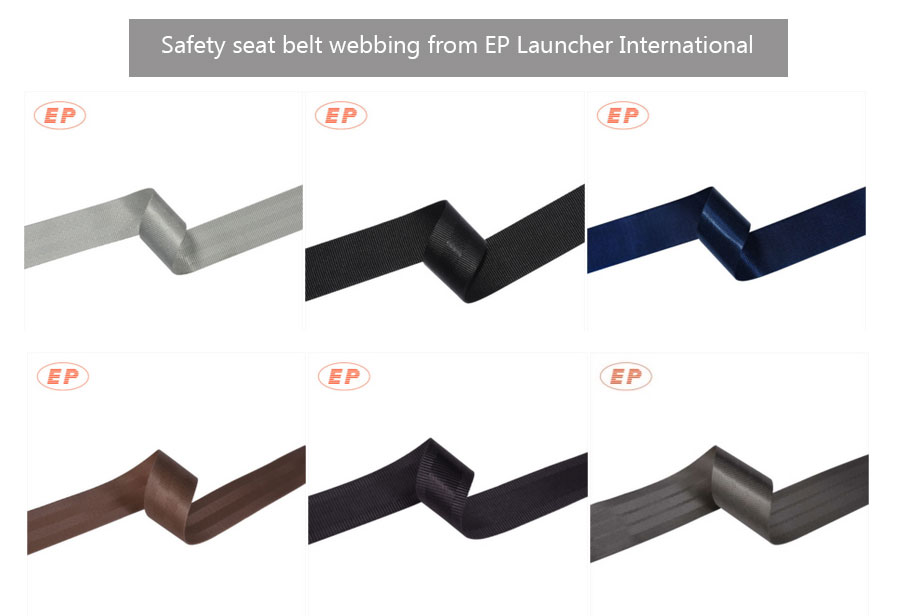
Seat Belt Material Properties What Material are Seat Belts Made of
The pillar loop is used in a 3-point seat belt system. It is the piece above the shoulder of the passenger, and is used to guide the webbing over the shoulder and across the chest of the passenger. Seatbelts are estimated to reduce the overall risk for serious injuries in crashes by about 60%, and reduce the risk for fatalities by more than 40%.